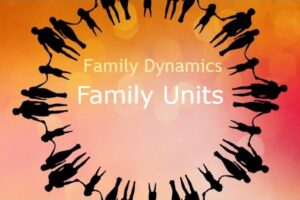The Thadobati Singing Bowl is one of the 10 Types of Singing Bowls. Thado, meaning “straight,” describes a specific type of singing bowl known as the Thadobati. These bowls are characterized by their relatively vertical sides and flat bottoms. This design results in straight, high-sided walls that contribute to the bowl’s unique appearance and acoustic properties. The walls of Thadobati bowls can vary in thickness, but they are rarely graduated, maintaining a consistent profile from top to bottom.

One distinctive feature of Thadobati singing bowls is the relationship between the diameter of the bottom and the rim. In many cases, the bottom’s diameter is just slightly less than that of the rim, giving the bowl a balanced, stable form. The bowl’s weight significantly influences its physical characteristics. For instance, smaller, medium-weight Thadobati bowls typically have plain lips, with the lip’s thickness consistent with the rest of the wall. In contrast, heavier Thadobati bowls feature thicker walls and wider lips, which add to their robustness and potentially influence the sound they produce.
In summary, Thadobati singing bowls are notable for their straight, high-sided walls, flat bottoms, and variations in wall thickness based on their weight. The simplicity and elegance of their design make them a favorite among practitioners who appreciate their clear, resonant tones and sturdy construction. Whether lightweight or heavy, each Thadobati bowl offers a unique blend of aesthetic appeal and acoustic quality, making them a cherished instrument in the world of sound healing and meditation.


